Rendering the Impossible: That Time We Showed Our Displays at Pixar (And What Came After)
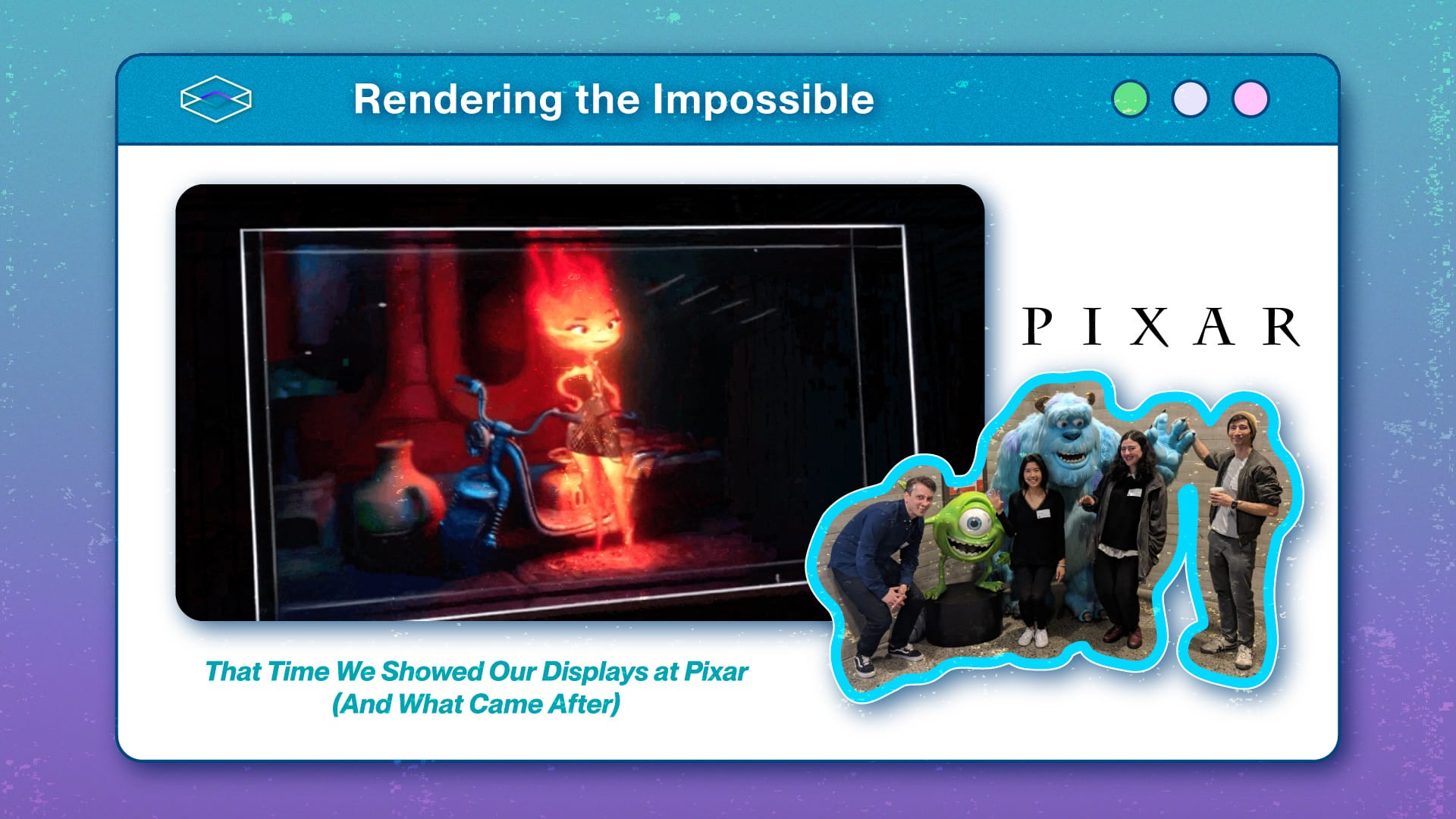
"Hi, Any chance you all are ever out in the San Francisco Bay Area? If so, if you'd be able to bring a presentation to Pixar about HoloPlayerOne, we would love to host you for a visit."
In 2018, we packed up one of our first Looking Glass Dev Kit prototypes and headed to Pixar Animation Studios in Emeryville, California. We were nervous, excited, and to be completely honest, a little too starstruck.
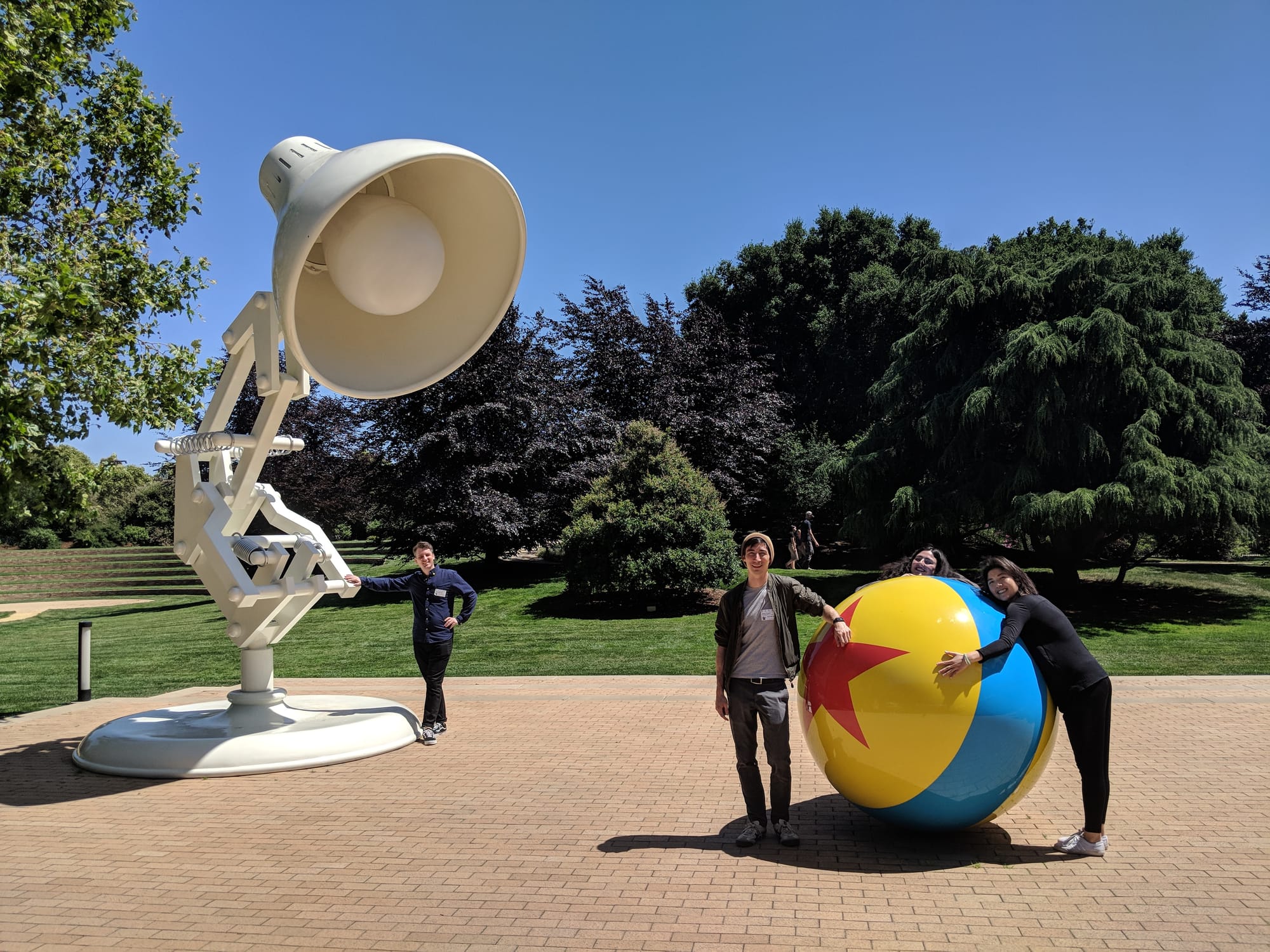

Meeting Luxo Jr. for the first time and getting a bit too up close and personal with the Luxo Ball.
Pixar, to us, wasn't just a company. It was the reason many of us fell in love with 3D graphics in the first place. Their films showed us that computers could create worlds as rich and emotive as any painting or photograph. And here we were, about to show them our work.
We didn't know it then, but that visit was the start of something. A connection that would grow over years, leading to unexpected collaborations and shared excitement over the future of 3D imagery.
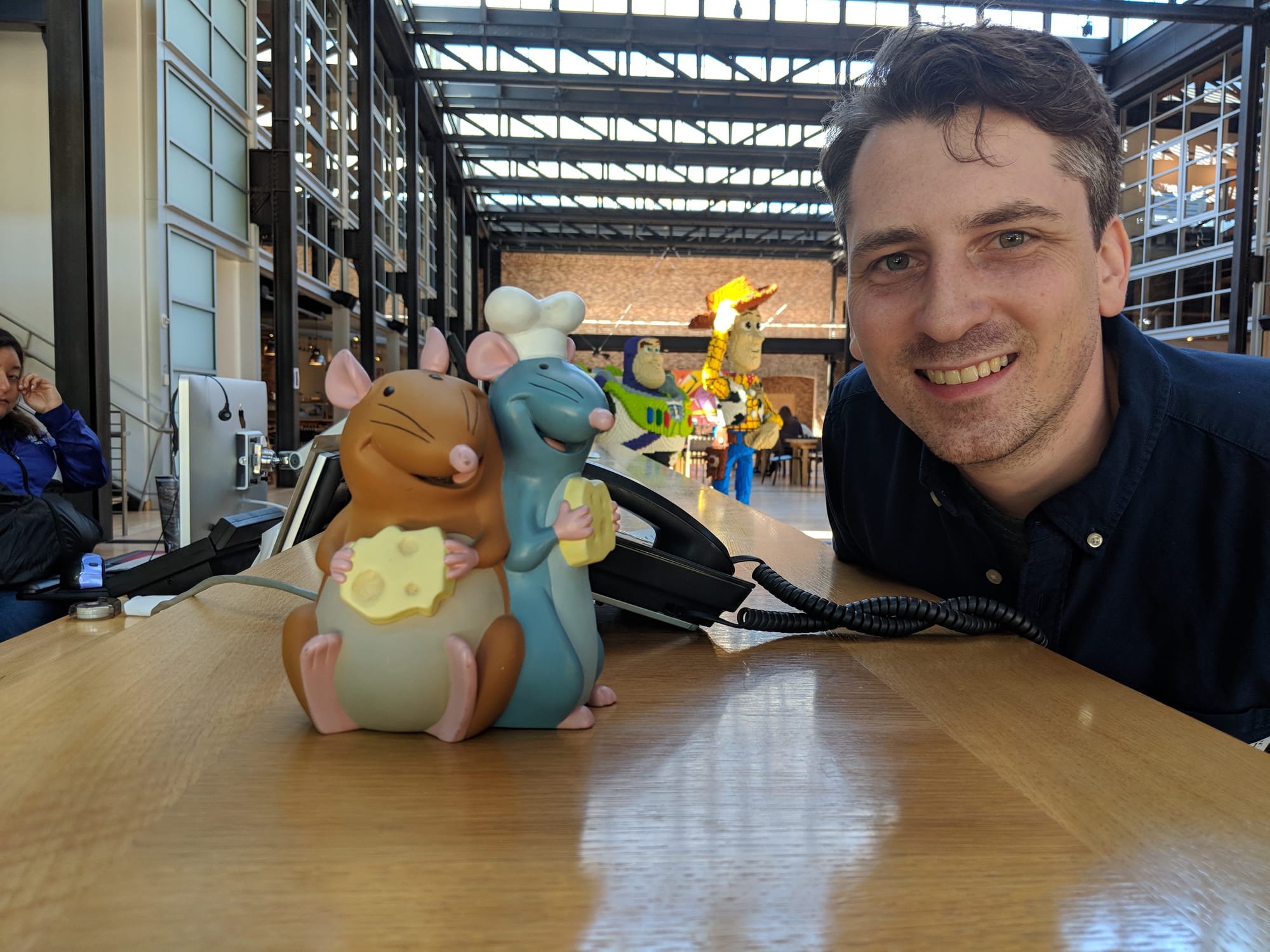
But to understand why this matters so much to us at Looking Glass, we need to rewind a bit. Back to when Pixar was just a twinkle in the eye of a few ambitious computer scientists...
Pixar's story begins in the 1970s, when computer graphics were more science fiction than reality. A small team at the University of Utah was tinkering with the idea of making images on a computer. Among them was Ed Catmull, who would later become one of Pixar's co-founders.
These early experiments were clunky, pixelated affairs, but they held the seed of something revolutionary: the ability to create entire worlds inside a machine.
Fast forward to 1995 (yes, I’m skipping literally through the meat and potatoes of it all and if you want to reward yourself with something after this, go on and read Creativity, Inc.).. Toy Story hit theaters, and suddenly, everyone saw it. A fully computer-animated feature film, bursting with life and emotion. What's notable is that this moment wasn't just a technical achievement; it changed the way we could tell stories — an exponential leap forward in how everyday humans could use technology to do more, share more, not unlike the narrative of AI today.
At Looking Glass, we're building on this legacy. Our 3D displays are, in a way, the next step in bringing these digital worlds into our physical space. We're chasing that same dream: to make the imaginary feel real.
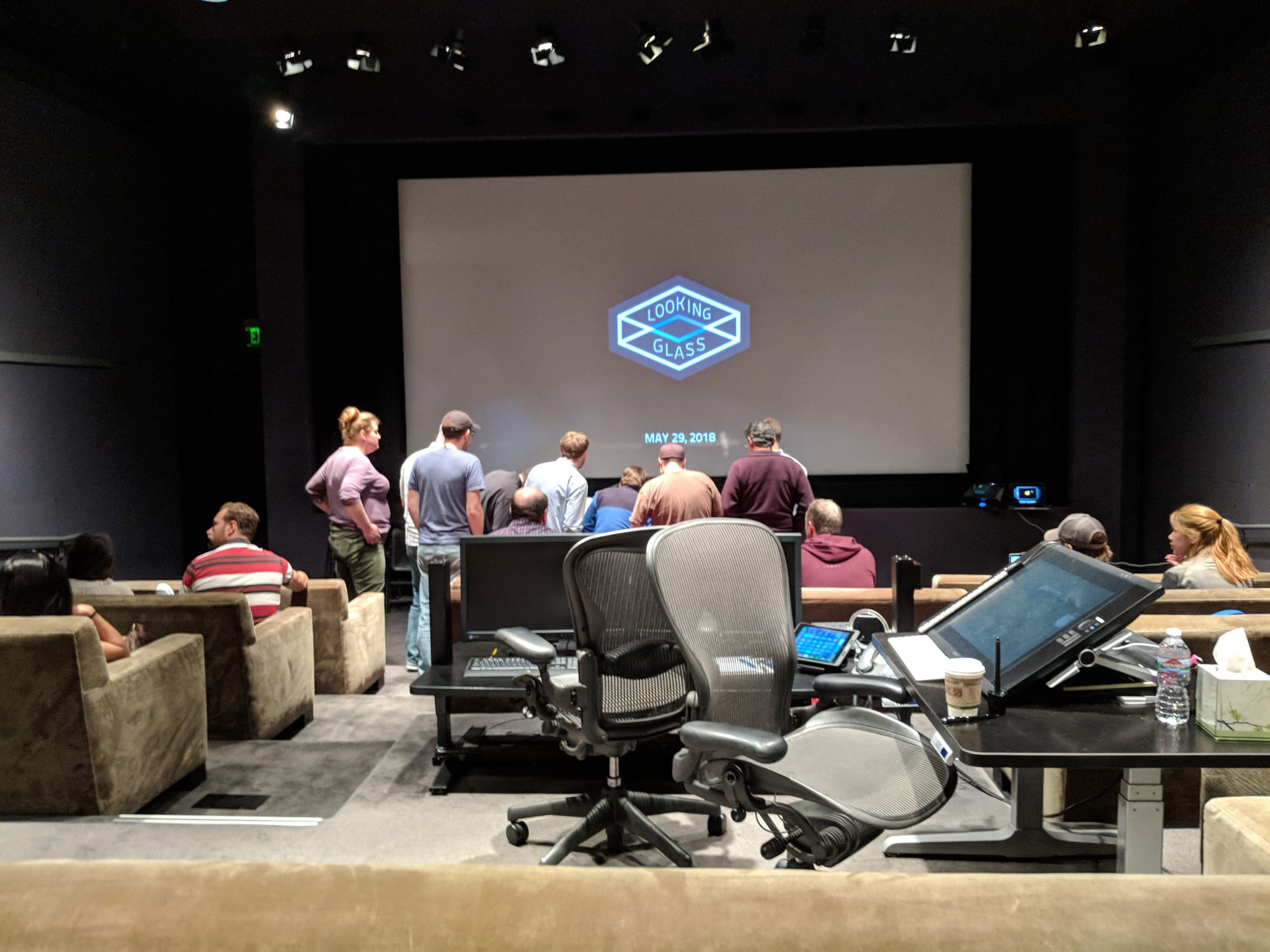
Which brings us back to 2018, and our visit to Pixar. Nothing will top the moment when we first stepped inside The Steve Jobs Theatre to set up what were then some very glued-together early prototypes — all the while directors, animators, and designers were stepping in one-by-one to see what they were there for. I remember someone whispering to me that Lee Unkrich was in the audience. Lee Unkrich? You mean the director of Toy Story 3? GASP!
Overall, I'd say our demo went super well, and most folks in the audience were stunned, if not polite, about what they saw. I mean, we were showing this stuff to the 3D people among all 3D people. The fact that they didn't simply laugh us out of the room was enough for our humbled hearts.
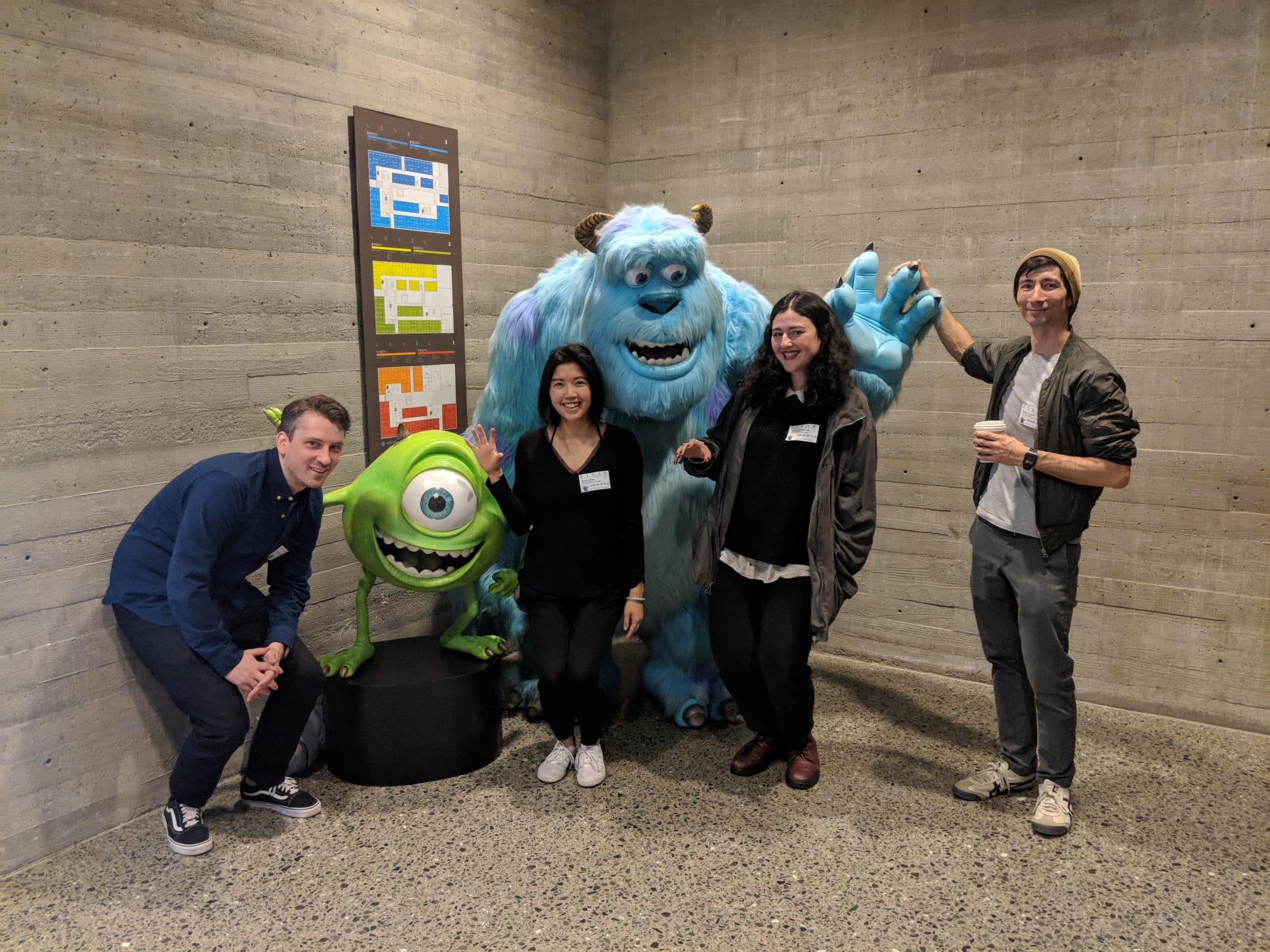
Years passed. We kept working, kept improving the technology. And let's just say that we've come a looooong way since the heyday of HoloPlayer One and the Looking Glass Dev Kit. And somehow, through the strange alchemy of memory and timing, some folks at Pixar remembered us.
Last year, as they prepared to launch Elemental, their team reached out with a question — how do you showcase characters made of fire and water in the real world? You can't exactly 3D print flame.
That's where we came in. Our displays offered a way to bring Ember and Wade to physical life, preserving their elemental nature in a way physical models couldn't.
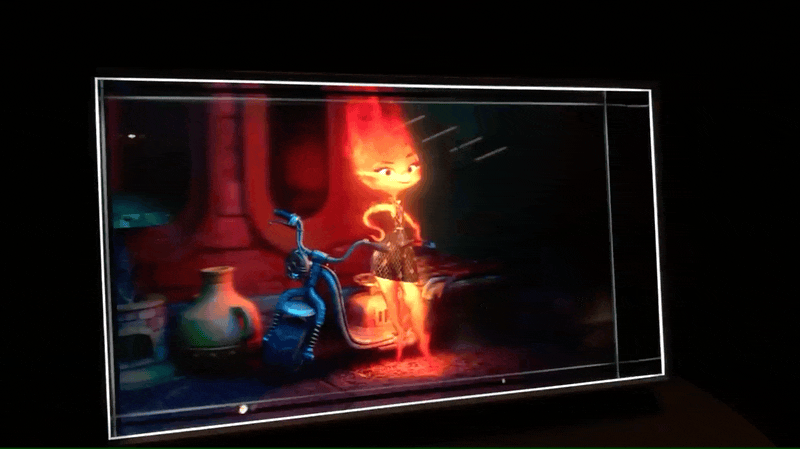
And I can't believe I get to say this, but we got to collaborate with the very company that had inspired so many of us to pursue a career in 3D graphics in the first place.
It's funny how things connect when you look back (that's a nod to you, Steve)! A childhood spent with Buzz and Andy, diving through the Australian coasts with Marlin to find Nemo, and a nervous pitch meeting years later in front of the very same people who made these films. And now, helping to introduce Pixar's latest characters to the world.
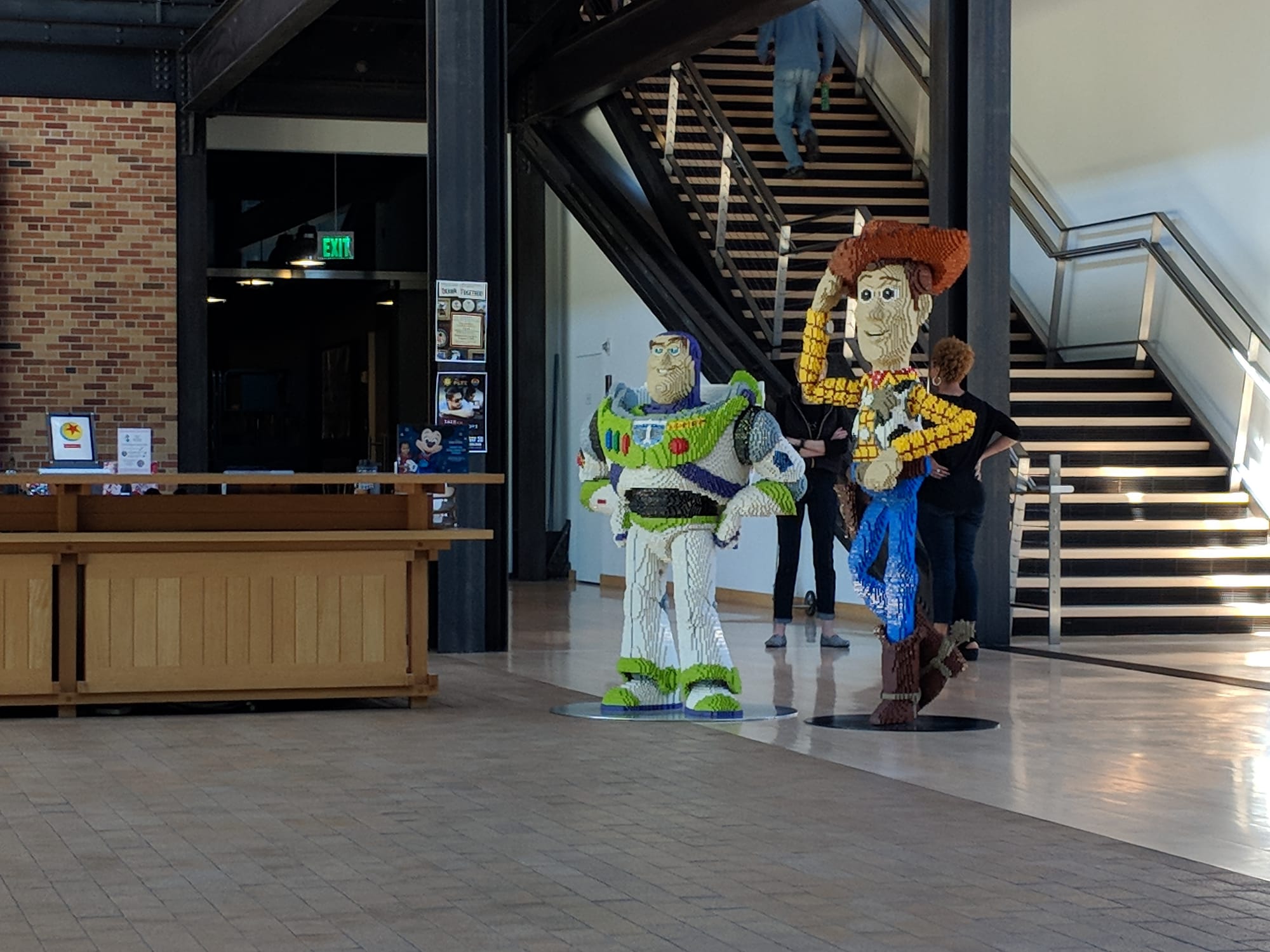
In the end, that's what drives us here at Looking Glass. We're not just making displays. We're part of a long line of dreamers and tinkerers all working to bring impossible worlds a little closer to reality. From those first experiments at the University of Utah to the glowing forms of Ember and Wade hovering in our displays, it's all part of the same story.
Having a fun day getting to show some of our film Elemental at Pixar. And a holographic company called looking glass @LKGGlass got to share Ember in 3-D glory on one of their amazing Holographic displays! Thank you for sharing! #elemental in theaters June16th pic.twitter.com/rq5caCSU8l
— Peter Sohn (@PEETSOWN) March 27, 2023
And who knows? Maybe someday, a kid will look into one of our displays, see a world that shouldn't be possible, and start dreaming up the next chapter.
Until then,
